Home>Technology>Home Entertainment Systems>How To Choose A Home Theater Projector Screen
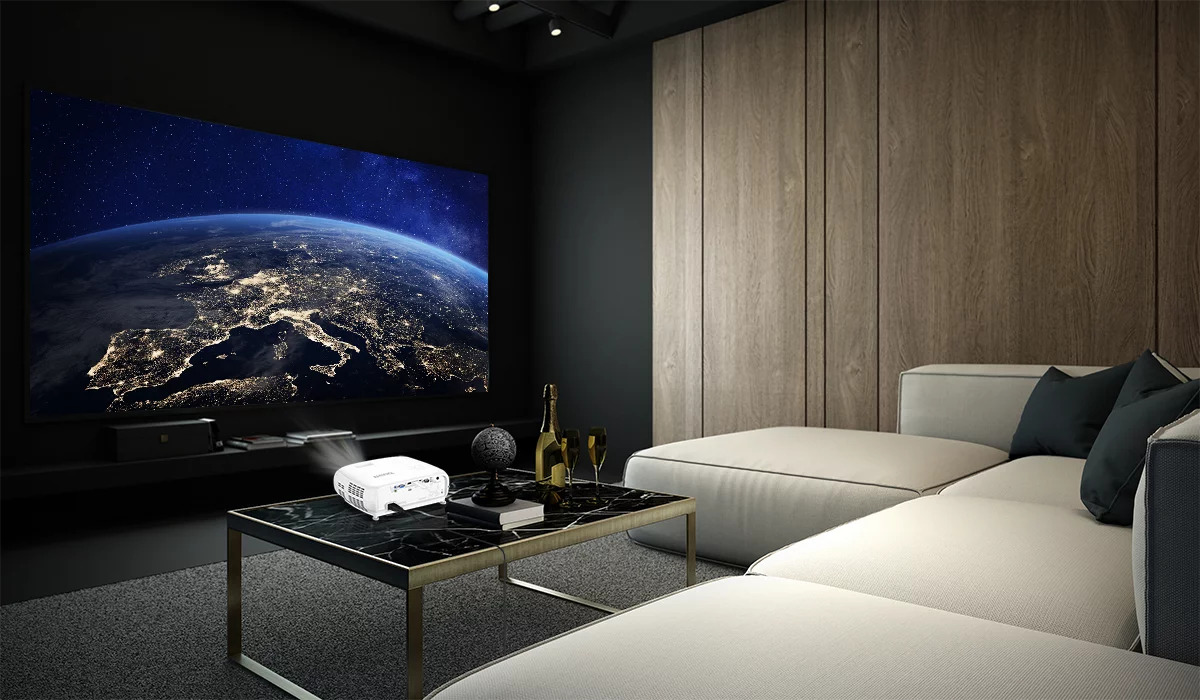

Home Entertainment Systems
How To Choose A Home Theater Projector Screen
Modified: October 21, 2024
Discover how to select the perfect home theater projector screen for your home entertainment system. Find the best fit for your viewing experience today!
(Many of the links in this article redirect to a specific reviewed product. Your purchase of these products through affiliate links helps to generate commission for Storables.com, at no extra cost. Learn more)
Introduction
Choosing the right projector screen for your home theater is a crucial decision that can significantly impact your viewing experience. A high-quality projector screen can elevate the visual performance of your home entertainment system, providing immersive and cinematic viewing. However, with a myriad of options available in the market, it's essential to understand the key factors that influence the selection process. From room size and ambient light conditions to screen size and material, each aspect plays a pivotal role in determining the most suitable projector screen for your home theater setup.
In this comprehensive guide, we will delve into the essential considerations that will empower you to make an informed decision when selecting a home theater projector screen. By understanding the nuances of room layout, screen size, aspect ratio, screen material, and budget constraints, you will be equipped with the knowledge to create a captivating and immersive viewing environment within the comfort of your home. Whether you are a cinephile seeking a true-to-life cinematic experience or a casual viewer looking to enhance your entertainment setup, this guide will provide valuable insights to help you navigate the diverse array of projector screens available in the market.
As we embark on this exploration, it's important to recognize that the right projector screen can transform your living space into a captivating entertainment hub, where movies, sports events, and gaming experiences come to life in vivid detail. With the advancements in projection technology, coupled with the versatility of modern projector screens, the possibilities for creating a personalized home theater experience are boundless. By understanding the fundamental principles and practical considerations outlined in this guide, you will be well-equipped to embark on the journey of selecting the perfect home theater projector screen that aligns with your preferences and elevates your overall viewing pleasure.
Key Takeaways:
- Choose the right projector screen by considering room size, layout, and ambient light. Align screen size, aspect ratio, and material with your preferences for a captivating home theater experience.
- Balance budget and features when selecting a projector screen. Prioritize visual performance, durability, and long-term value within your financial parameters for an immersive viewing experience.
Consider the Room Size and Layout
The room size and layout are pivotal factors that directly influence the selection of a home theater projector screen. Understanding the dimensions and configuration of the room where the home theater system will be installed is essential for optimizing the viewing experience. Whether it's a dedicated home theater room, a multi-purpose living space, or a basement conversion, each setting presents unique considerations that can impact the choice of projector screen.
In a dedicated home theater room with controlled lighting and minimal ambient light intrusion, the flexibility in choosing a projector screen is significantly higher. Larger screens can be accommodated, and the viewing distance can be optimized for a truly immersive cinematic experience. Conversely, in a multi-purpose living space where natural light may be a factor, considerations such as screen material and ambient light rejection properties become crucial.
The layout of the room also plays a critical role in determining the placement of the projector screen. Whether it's a wall-mounted, ceiling-mounted, or free-standing screen, the room layout will dictate the most suitable mounting option. Additionally, the seating arrangement and viewing angles need to be taken into account to ensure that the screen is optimally positioned for all viewers.
When assessing the room size, it's important to consider the available wall or ceiling space for mounting the screen. This evaluation will determine the maximum screen size that can be accommodated without overwhelming the room or compromising the viewing angles. Furthermore, understanding the viewing distance from the screen to the seating area is essential for determining the ideal screen size and aspect ratio that will deliver an immersive and comfortable viewing experience.
In summary, the room size and layout serve as the foundational elements that shape the selection process for a home theater projector screen. By carefully evaluating these factors, you can make informed decisions regarding screen size, mounting options, and viewing distance, ultimately creating a captivating and personalized home theater experience tailored to the unique characteristics of your living space.
Determine the Screen Size and Aspect Ratio
Selecting the appropriate screen size and aspect ratio is a pivotal step in creating an immersive and visually captivating home theater experience. The screen size directly impacts the viewing experience, while the aspect ratio determines the proportional relationship between the width and height of the screen. Understanding these two elements is essential for optimizing the visual impact of your home entertainment system.
When determining the screen size, it's crucial to consider the viewing distance and the dimensions of the room. A general rule of thumb is that the screen should occupy a significant portion of the viewer's field of vision without causing discomfort or strain. For a truly immersive experience, the screen size should be proportional to the viewing distance, allowing viewers to be fully engrossed in the content without feeling overwhelmed by the sheer scale of the display. Additionally, the screen size should complement the resolution capabilities of the projector to ensure optimal image quality and clarity.
Aspect ratio plays a key role in defining the overall visual presentation. Common aspect ratios include 16:9, which is ideal for widescreen content such as movies and gaming, and 4:3, which is traditionally associated with standard television broadcasts. The choice of aspect ratio should align with the type of content you intend to enjoy on your home theater system. For cinematic experiences, a widescreen 16:9 aspect ratio is well-suited for modern movies and high-definition content, providing a panoramic view that closely mirrors the theatrical experience. On the other hand, a 4:3 aspect ratio may be preferred for specific applications such as vintage film screenings or certain gaming experiences.
Furthermore, the aspect ratio should complement the native aspect ratio of the projector to ensure seamless compatibility and optimal utilization of the display capabilities. By aligning the screen size and aspect ratio with the viewing distance, room dimensions, and content preferences, you can create a visually stunning and immersive home theater environment that caters to your specific entertainment needs.
In summary, determining the screen size and aspect ratio involves a thoughtful assessment of viewing distance, room dimensions, content preferences, and projector capabilities. By carefully considering these factors, you can select a screen size and aspect ratio that harmonizes with your home theater setup, delivering an engaging and visually captivating viewing experience for you and your guests.
Choose the Right Screen Material
Selecting the right screen material is a critical aspect of optimizing the visual performance of your home theater projector. The screen material directly influences the quality of the projected image, its reflective properties, and its ability to mitigate ambient light interference. Understanding the characteristics of different screen materials is essential for making an informed decision that aligns with your viewing preferences and environmental conditions.
One of the primary considerations when evaluating screen materials is the gain factor. The gain factor determines the level of light reflection from the screen surface. A higher gain factor results in increased brightness and image intensity, making it suitable for environments with controlled lighting where maximizing brightness is essential. Conversely, a lower gain factor is ideal for spaces with minimal ambient light, as it reduces the risk of hot spotting and ensures a more uniform distribution of light across the screen.
Another crucial aspect of screen material is its ability to reject ambient light. In environments where natural or artificial light sources may impact the viewing experience, selecting a screen material with ambient light rejection properties becomes paramount. These specialized screen materials are designed to minimize the impact of ambient light, preserving image contrast and color accuracy even in brightly lit settings. This feature is particularly beneficial for multi-purpose living spaces or areas with limited light control.
Furthermore, the texture and composition of the screen material play a significant role in determining its performance. Some screen materials are engineered to enhance color reproduction and contrast, resulting in vivid and lifelike images. Additionally, specialized coatings and treatments can mitigate issues such as hotspotting, glare, and viewing angle limitations, ensuring a consistent and immersive viewing experience from various seating positions.
When choosing the right screen material, it's essential to consider the specific characteristics of your viewing environment, including ambient light levels, room layout, and seating arrangements. By aligning the properties of the screen material with the unique attributes of your home theater space, you can optimize the visual performance of your projector and create a captivating viewing experience that surpasses traditional television displays.
In summary, selecting the right screen material involves a thoughtful evaluation of gain factor, ambient light rejection properties, texture, and composition. By understanding these key attributes, you can make an informed decision that enhances the visual impact of your home theater projector, delivering stunning and immersive visuals that elevate your overall viewing experience.
Fixed Frame vs. Retractable Screen
When considering the selection of a home theater projector screen, the choice between a fixed frame and a retractable screen is a pivotal decision that directly impacts the overall functionality and visual aesthetics of the viewing environment. Each option offers unique advantages and considerations, catering to different preferences and room configurations.
Read more: How To Choose A Projector Screen
Fixed Frame Screens
Fixed frame projector screens are designed for permanent installation and are characterized by a rigid frame that securely holds the screen material in place. These screens provide a sleek and seamless appearance, creating a dedicated and professional-looking home theater setup. The fixed frame design ensures that the screen surface remains taut and free from wrinkles, delivering a consistently smooth and uniform viewing surface.
One of the key benefits of fixed frame screens is their ability to accommodate larger screen sizes, making them ideal for dedicated home theater rooms with ample wall space. The absence of any retractable components allows for a borderless and immersive viewing experience, maximizing the visual impact of the projected content. Additionally, fixed frame screens are well-suited for environments with controlled lighting, where the screen remains in a fixed position, optimizing the viewing experience without the need for frequent adjustments.
Retractable Screens
Retractable projector screens offer a versatile and space-efficient solution for multi-purpose living spaces or areas where the visual presentation needs to be discreet when not in use. These screens feature a retractable mechanism that allows them to be conveniently rolled up and concealed when not in use, preserving the aesthetics of the room and providing flexibility in utilizing the space for various activities.
The retractable nature of these screens makes them well-suited for environments where the projection area needs to be concealed or integrated seamlessly within the existing decor. This flexibility enables homeowners to transform a living room or entertainment area into a cinematic space when desired, and then revert to a conventional living space when the projector is not in use.
Considerations
When deciding between a fixed frame and a retractable screen, several factors come into play, including the room layout, intended usage, and aesthetic preferences. Fixed frame screens are ideal for dedicated home theater rooms, providing a permanent and visually striking display solution. On the other hand, retractable screens offer versatility and space optimization, making them suitable for multi-purpose environments where the projection area needs to be concealed when not in use.
Ultimately, the choice between a fixed frame and a retractable screen hinges on the specific requirements and preferences of the homeowner, as well as the intended function of the space. By carefully evaluating the advantages and considerations of each option, homeowners can select a projector screen that seamlessly integrates with their home entertainment system, enhancing the overall viewing experience and visual appeal of the room.
Consider Ambient Light Conditions
Ambient light conditions play a pivotal role in shaping the visual performance of a home theater projector screen. Understanding the impact of ambient light and its interaction with the screen surface is essential for creating an optimal viewing environment that delivers vivid and immersive visuals.
In environments where natural or artificial light sources are prevalent, such as living rooms or multi-purpose entertainment spaces, the presence of ambient light can significantly affect the perceived image quality and contrast. To address this challenge, it is crucial to consider the ambient light rejection properties of the projector screen material. Specialized screen materials with ambient light rejection capabilities are designed to mitigate the adverse effects of ambient light, preserving image clarity, color accuracy, and contrast even in brightly lit settings. By incorporating a screen material that effectively rejects ambient light, homeowners can ensure that the projected content maintains its visual integrity, regardless of the lighting conditions in the room.
Additionally, the positioning of the projector screen in relation to windows, light fixtures, and other light sources should be carefully evaluated to minimize the impact of ambient light interference. Strategic placement of the screen and the implementation of light control measures, such as curtains, blinds, or ambient lighting adjustments, can further enhance the viewing experience by reducing the influence of external light sources.
Furthermore, the choice between a matte white screen and a high-contrast gray screen can also be influenced by ambient light considerations. While a matte white screen is well-suited for environments with controlled lighting, a high-contrast gray screen offers enhanced performance in spaces with moderate ambient light, as it helps to maintain image contrast and black levels in brighter conditions.
By conscientiously addressing ambient light conditions and selecting a projector screen that aligns with the specific lighting challenges of the environment, homeowners can create a captivating and immersive viewing experience that transcends the limitations imposed by ambient light. The thoughtful integration of ambient light rejection properties and strategic light control measures ensures that the home theater projector screen consistently delivers stunning visuals, regardless of the prevailing light conditions.
In summary, considering ambient light conditions is a crucial aspect of selecting a home theater projector screen, as it directly impacts the perceived image quality and visual immersion. By leveraging specialized screen materials, strategic screen placement, and light control measures, homeowners can optimize the viewing experience and create a captivating home theater environment that remains visually compelling under diverse ambient light conditions.
When choosing a home theater projector screen, consider the screen material. A matte white screen is best for a dark room, while a gray screen is better for a room with ambient light.
Budget Considerations
When embarking on the journey of selecting a home theater projector screen, budget considerations play a pivotal role in shaping the decision-making process. Understanding the financial parameters and aligning them with the desired features and performance attributes of the projector screen is essential for making a well-informed and practical investment.
The budget for a home theater projector screen encompasses various elements, including the cost of the screen itself, associated accessories such as mounting hardware, and potential installation expenses. It is important to establish a clear budget range that reflects the overall investment you are willing to allocate for the projector screen, taking into account any additional costs that may arise during the setup and integration process.
When evaluating the available options within your budget range, it's essential to prioritize the features and characteristics that align with your specific viewing preferences and environmental requirements. Considerations such as screen size, aspect ratio, screen material, and mounting options should be weighed against the allocated budget to ensure that the chosen projector screen delivers the desired visual performance without exceeding financial constraints.
Furthermore, exploring the diverse range of projector screen options available in the market can provide valuable insights into the cost-performance ratio of different models. While high-end projector screens may offer advanced features and premium materials, there are also budget-friendly options that deliver impressive visual performance and functionality without compromising on quality.
In addition to the upfront investment, it's important to consider the long-term value and durability of the projector screen. Assessing the warranty coverage, maintenance requirements, and expected lifespan of the screen can provide a comprehensive understanding of the overall cost of ownership, allowing you to make a budget-conscious decision that aligns with your financial considerations and long-term investment goals.
By carefully evaluating the budget considerations and exploring the diverse range of projector screen options available, homeowners can make a well-informed investment that delivers exceptional visual performance and immersive viewing experiences without exceeding their financial parameters. Whether seeking a high-end cinematic display or a cost-effective solution for casual entertainment, aligning budget considerations with the desired features and performance attributes ensures that the selected projector screen optimally fulfills the unique requirements of the home theater environment.
Conclusion
In conclusion, the process of selecting a home theater projector screen involves a thoughtful evaluation of various factors that collectively contribute to the creation of a captivating and immersive viewing environment. By considering the room size and layout, determining the screen size and aspect ratio, choosing the right screen material, and weighing the advantages of fixed frame versus retractable screens, homeowners can tailor their selection to align with their specific preferences and environmental considerations.
The room size and layout serve as foundational elements that shape the selection process, influencing the screen size, mounting options, and viewing distance. Understanding the dimensions and configuration of the room is essential for optimizing the viewing experience and ensuring that the projector screen seamlessly integrates with the living space.
Determining the screen size and aspect ratio involves a careful assessment of viewing distance, room dimensions, and content preferences. By aligning these factors, homeowners can create a visually stunning and immersive home theater environment that caters to their specific entertainment needs.
Selecting the right screen material is crucial for optimizing the visual performance of the home theater projector. By considering factors such as gain factor, ambient light rejection properties, texture, and composition, homeowners can make an informed decision that enhances the visual impact of their home theater setup.
The choice between a fixed frame and a retractable screen presents unique advantages and considerations, catering to different preferences and room configurations. Whether seeking a permanent and visually striking display solution or a versatile and space-efficient option, homeowners can select a projector screen that seamlessly integrates with their home entertainment system.
Considering ambient light conditions is essential for creating an optimal viewing environment that delivers vivid and immersive visuals. By leveraging specialized screen materials, strategic screen placement, and light control measures, homeowners can ensure that the home theater projector screen consistently delivers stunning visuals, regardless of the prevailing light conditions.
Budget considerations play a pivotal role in shaping the decision-making process, guiding homeowners to make a well-informed and practical investment that aligns with their financial parameters and long-term investment goals.
In essence, the process of selecting a home theater projector screen is a personalized journey that empowers homeowners to create a captivating and immersive viewing experience within the comfort of their homes. By understanding the nuances of room layout, screen size, aspect ratio, screen material, and budget considerations, homeowners can curate a home theater environment that reflects their unique preferences and elevates their overall viewing pleasure.
Frequently Asked Questions about How To Choose A Home Theater Projector Screen
Was this page helpful?
At Storables.com, we guarantee accurate and reliable information. Our content, validated by Expert Board Contributors, is crafted following stringent Editorial Policies. We're committed to providing you with well-researched, expert-backed insights for all your informational needs.
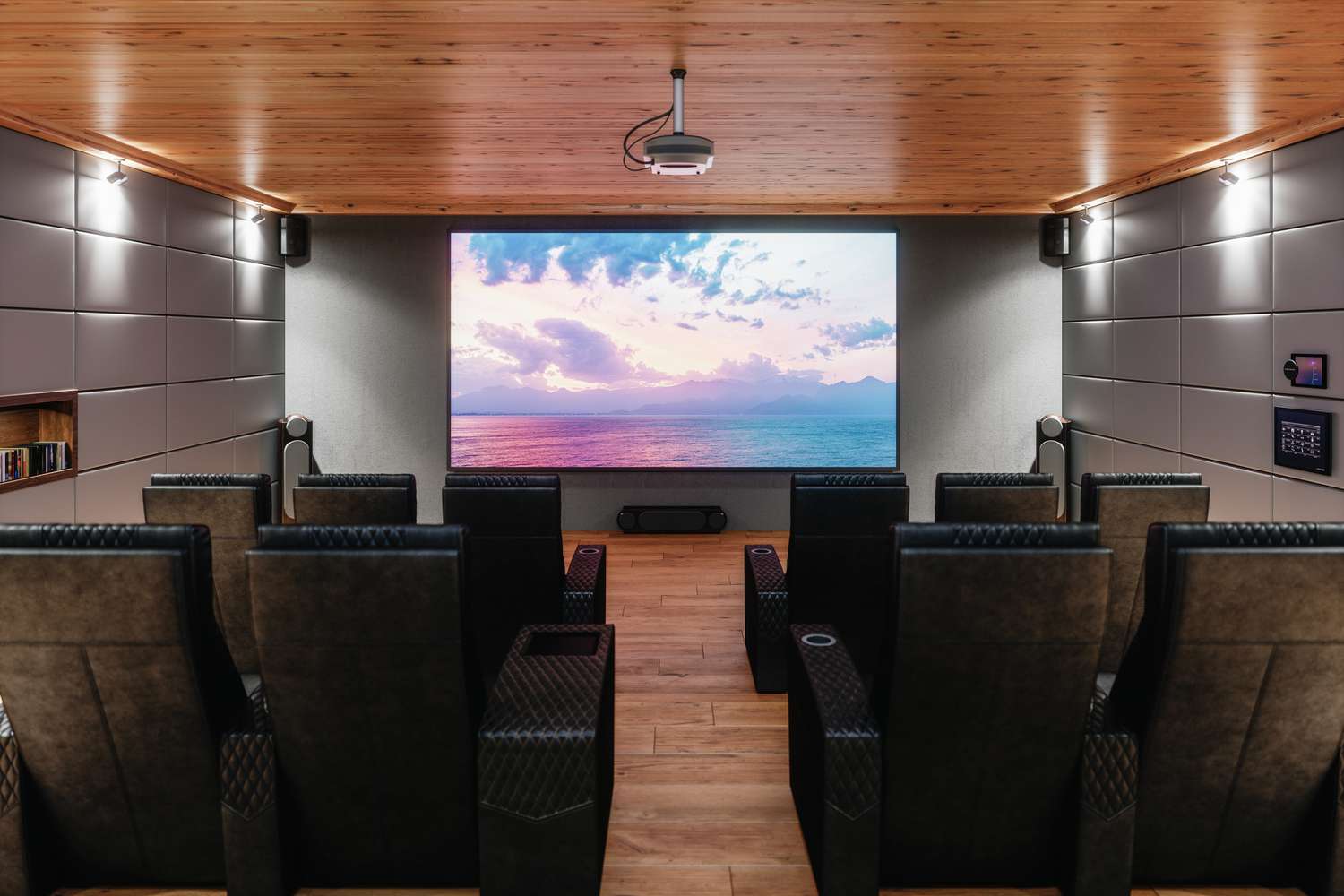
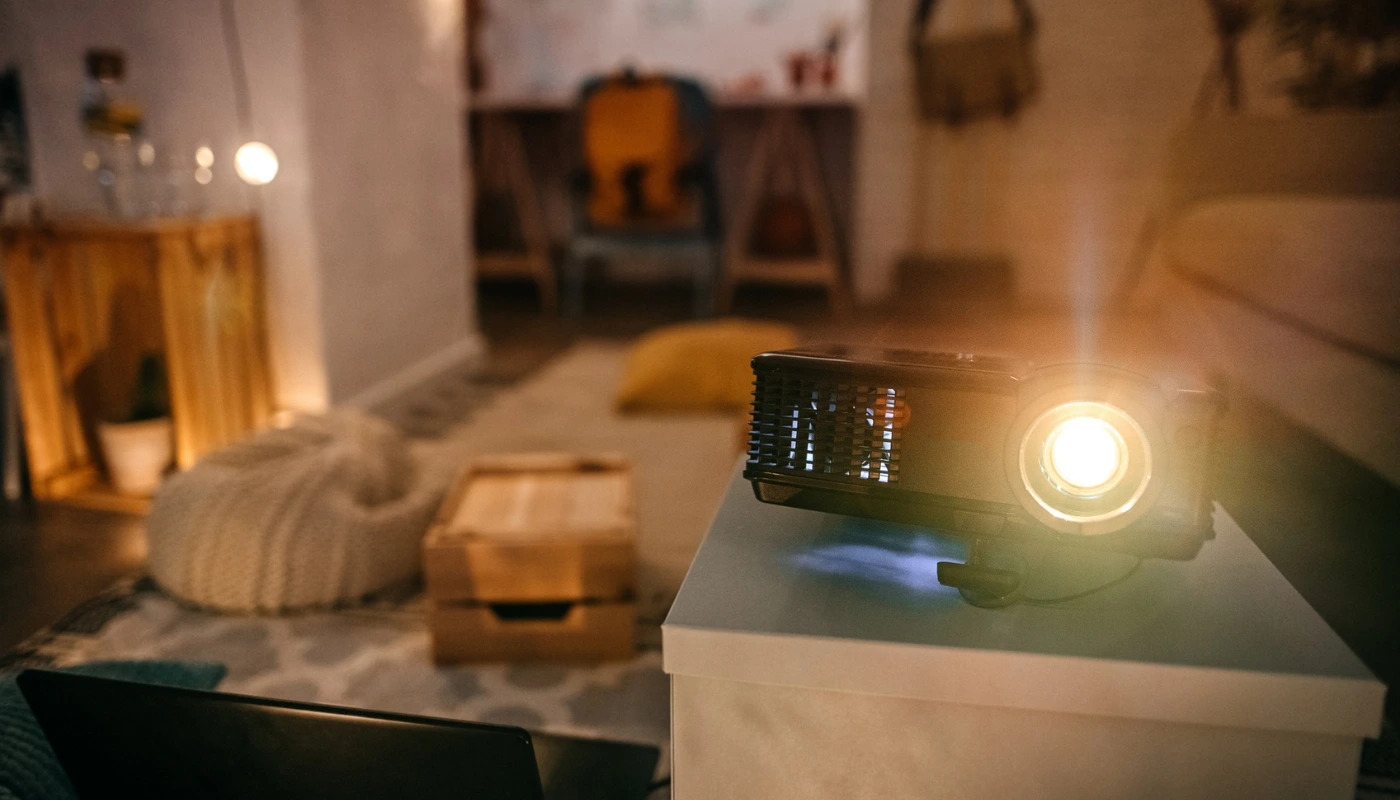
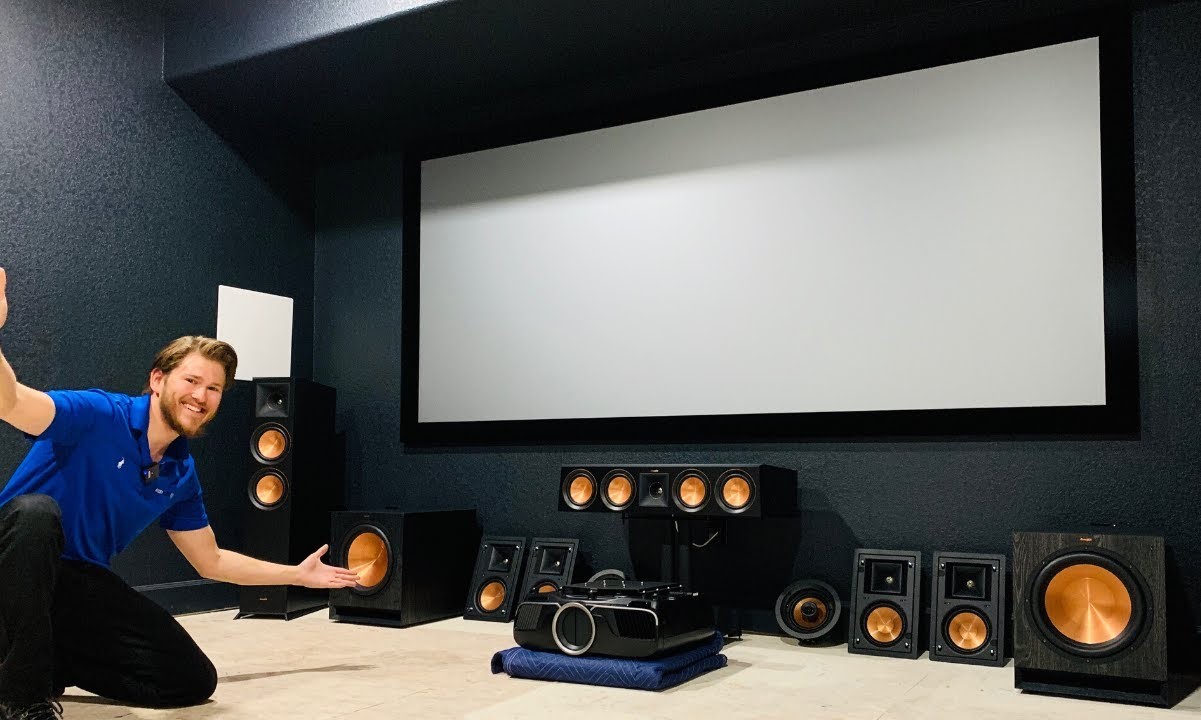

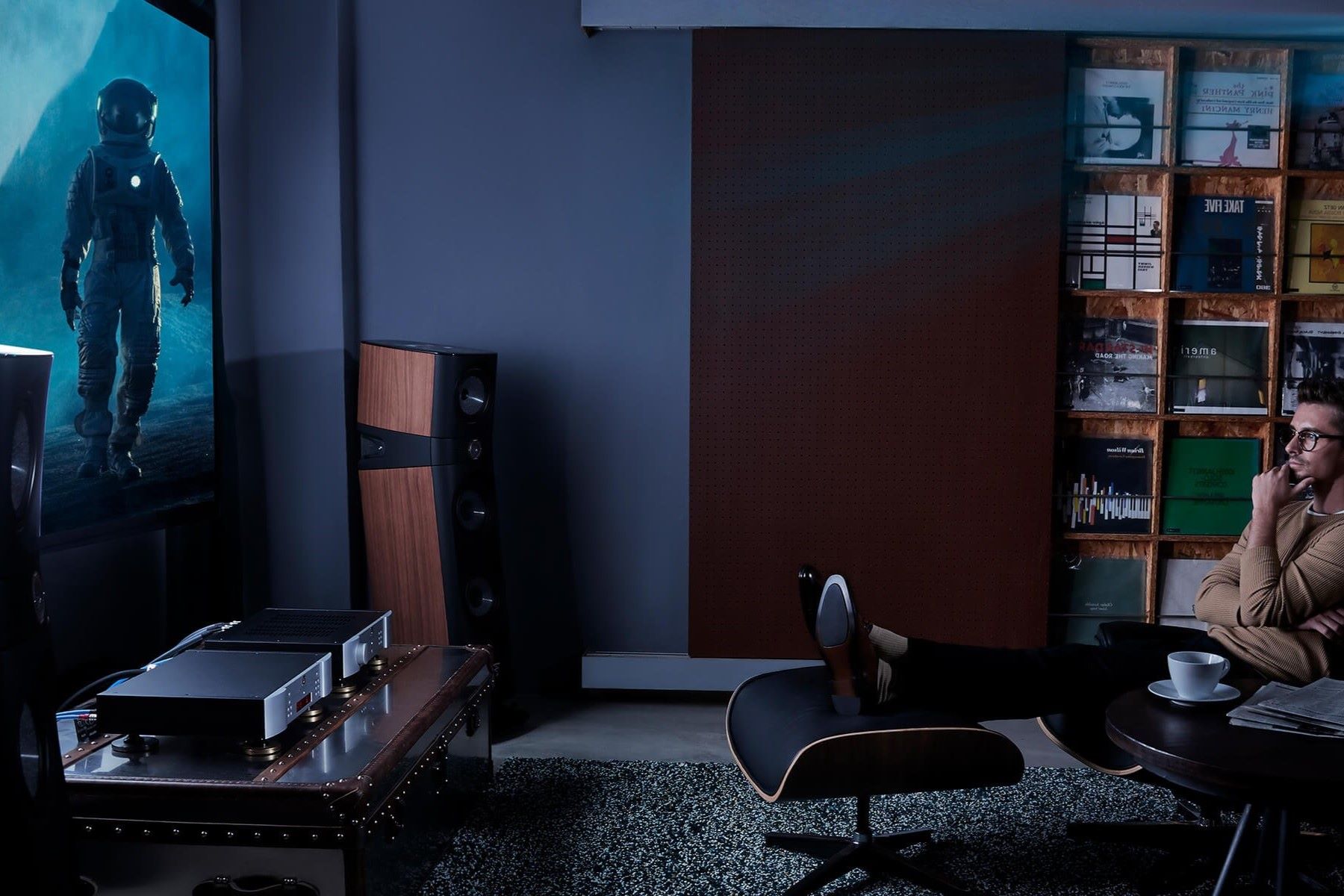
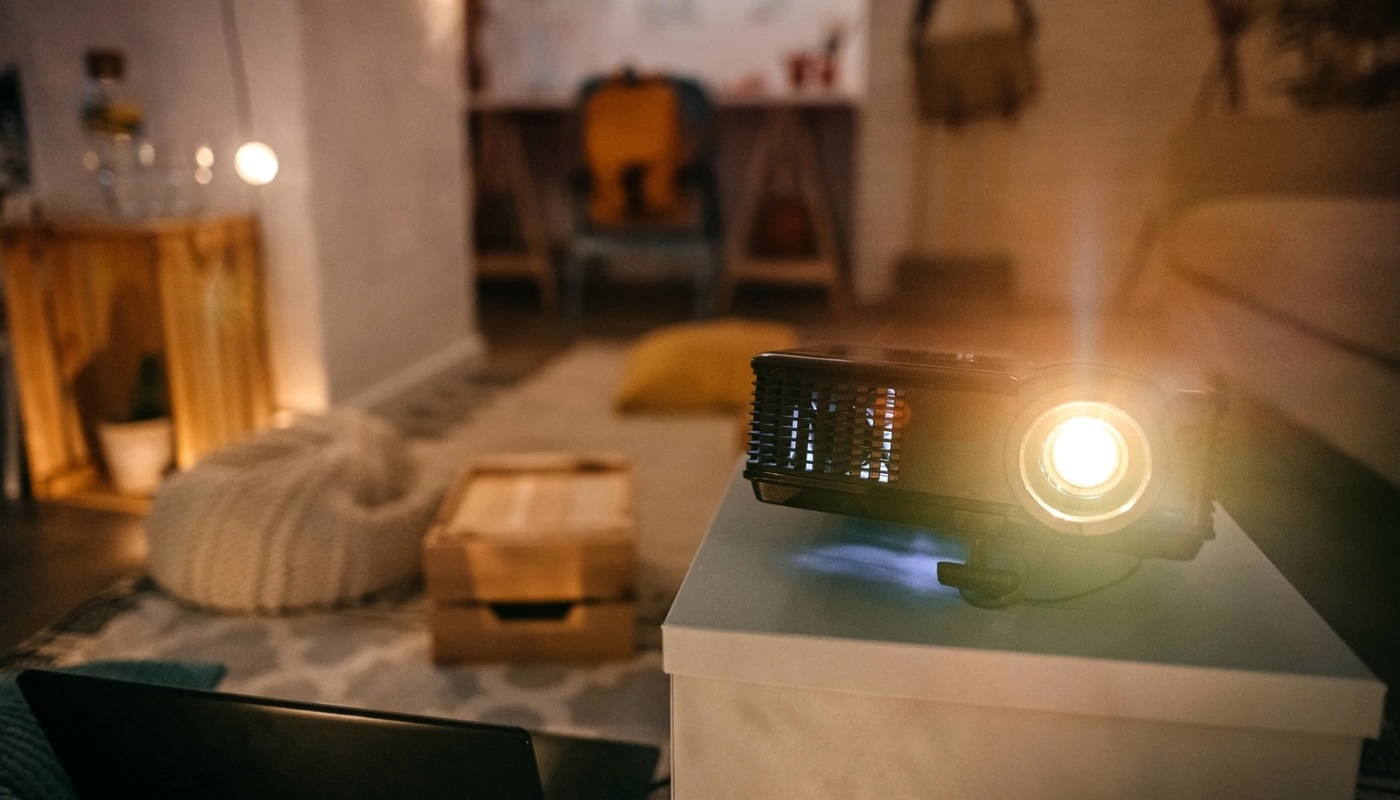
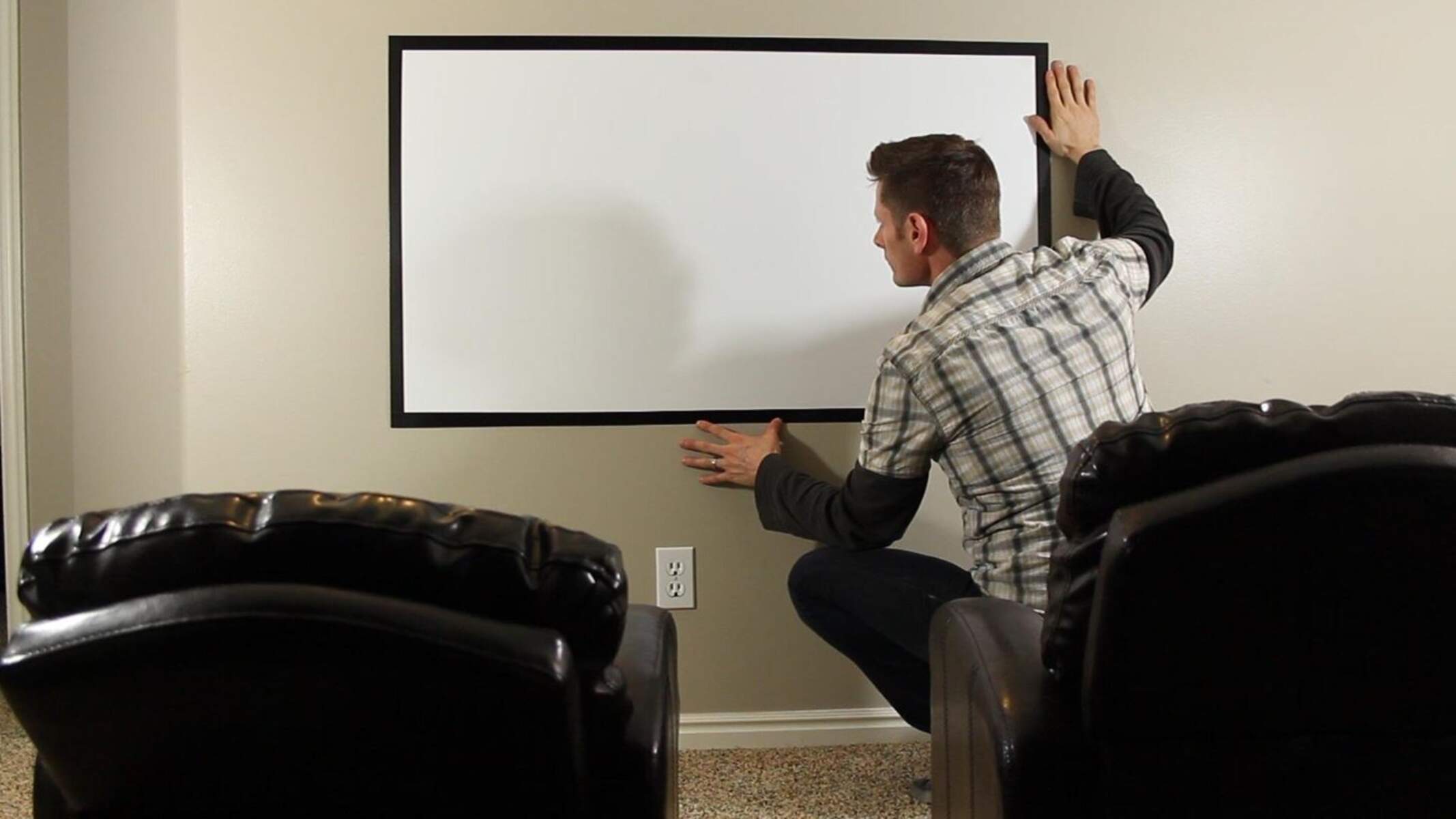
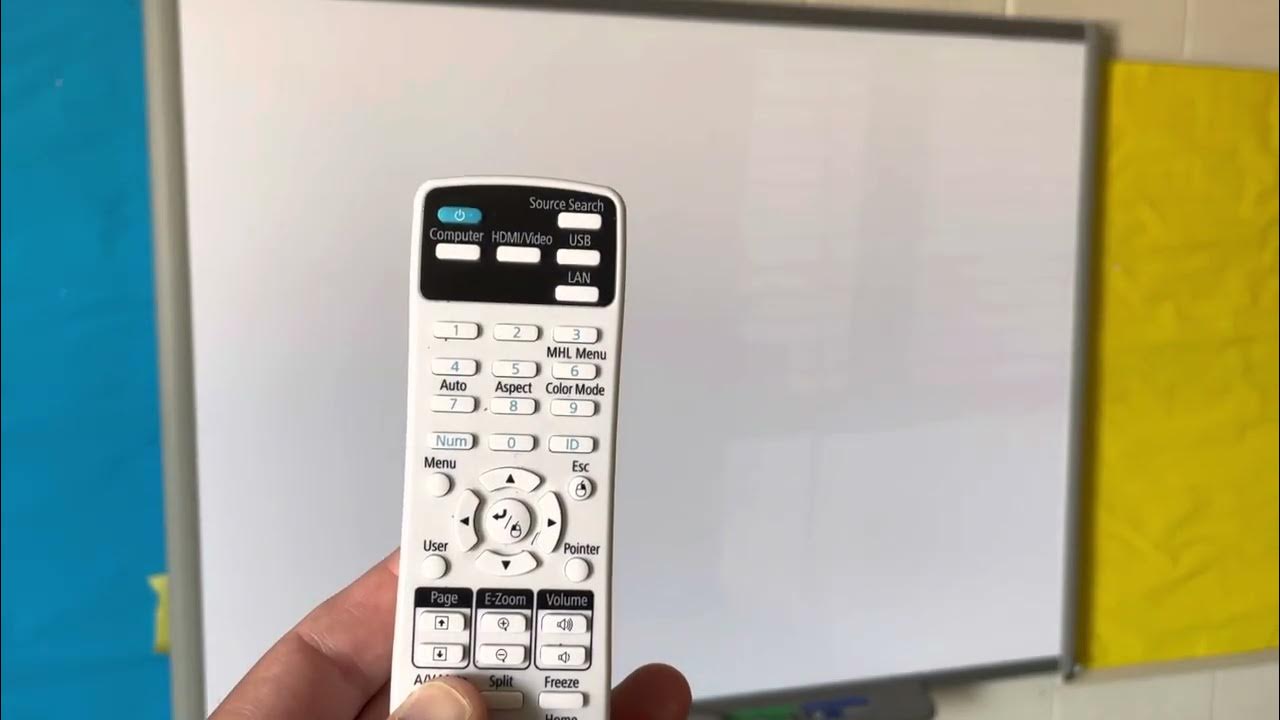

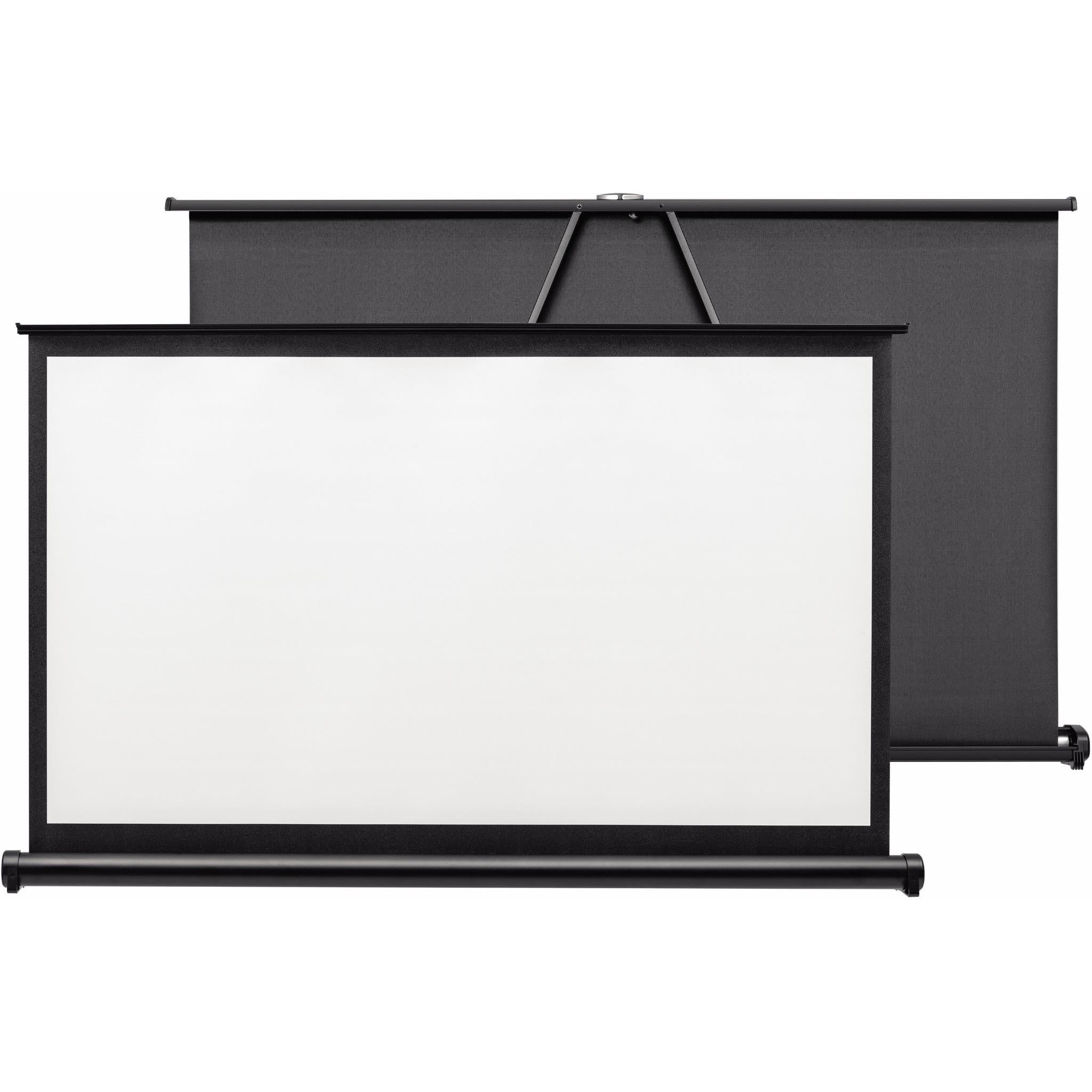


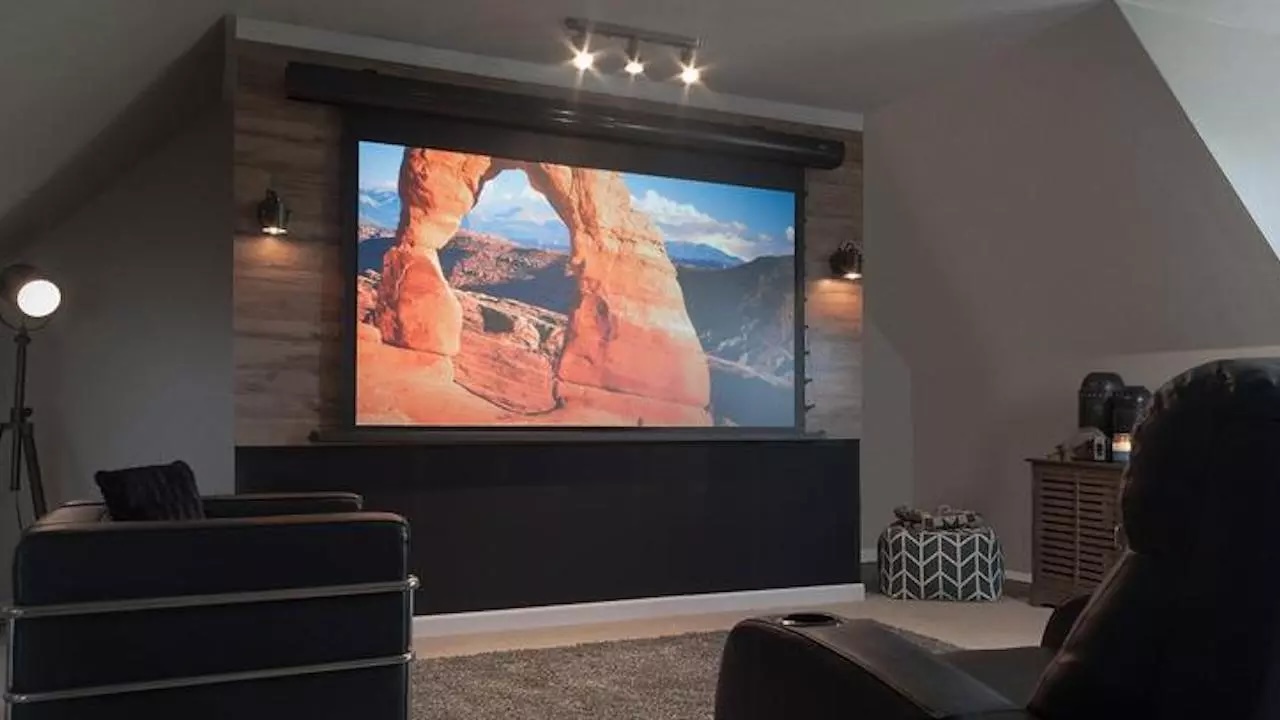

0 thoughts on “How To Choose A Home Theater Projector Screen”